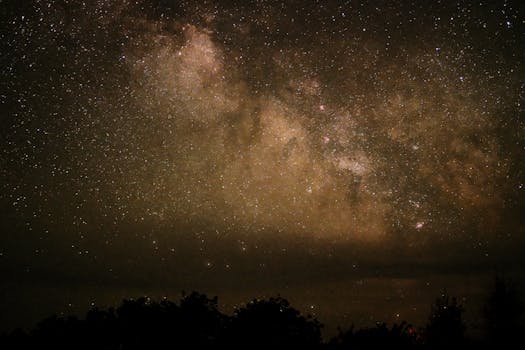
“
Beyond the Milky Way: Imagining New Worlds and Possibilities
Introduction to Space Exploration
Beyond the Milky Way: Imagining New Worlds and Possibilities is an exciting topic that has captivated human imagination for centuries. As we explore the vastness of space, we are constantly reminded of the infinite possibilities that lie beyond our galaxy. The Milky Way, our home galaxy, is just one of billions of galaxies in the observable universe, and each galaxy contains billions of stars, planets, and other celestial objects. In this article, we will delve into the world of space exploration, discussing the latest discoveries, the possibilities of extraterrestrial life, and the future of space travel.
Understanding the Universe
The universe is estimated to be around 13.8 billion years old, with the first stars and galaxies forming around 13.6 billion years ago. The universe has been expanding ever since the Big Bang, with galaxies moving away from each other at incredible speeds. Our understanding of the universe is based on observations of the cosmic microwave background radiation, the large-scale structure of the universe, and the distribution of galaxies and galaxy clusters. The universe is made up of approximately 70% dark energy, 25% dark matter, and 5% ordinary matter, with the remaining 1% consisting of antimatter and other exotic forms of matter. For more insights on this topic, check out The Infinite Universe of Imagination.
Exploring New Worlds
As we explore the universe, we are discovering new worlds and celestial objects that challenge our understanding of the cosmos. Exoplanets, planets that orbit stars outside of our solar system, are being discovered at an incredible rate, with over 4,000 exoplanets currently known. Some of these exoplanets are believed to be located in the habitable zones of their respective stars, making them potential candidates for supporting life. The discovery of exoplanets has opened up new avenues for the search for extraterrestrial life, with scientists using a variety of methods to detect biosignatures in the atmospheres of these planets. You can read more about this in Charting New Realms: The Journey of Imagination Beyond the Stars.
Imagining the Possibilities
As we explore the universe, we are constantly imagining the possibilities of what we might find. From the discovery of extraterrestrial life to the possibility of intelligent life, the universe is full of mysteries waiting to be unraveled. The search for extraterrestrial life is an ongoing effort, with scientists using a variety of methods to detect signs of life, such as the presence of oxygen, methane, or other biomarkers. The possibility of intelligent life is also being explored, with scientists using radio telescopes to search for signals from advanced civilizations.
Takeaways
In conclusion, the universe is a vast and complex place, full of mysteries waiting to be unraveled. As we explore the universe, we are constantly reminded of the infinite possibilities that lie beyond our galaxy. From the discovery of new worlds to the search for extraterrestrial life, the universe is a place of wonder and awe. Some key takeaways from this article include:
- The universe is estimated to be around 13.8 billion years old, with the first stars and galaxies forming around 13.6 billion years ago.
- The universe is made up of approximately 70% dark energy, 25% dark matter, and 5% ordinary matter.
- Exoplanets are being discovered at an incredible rate, with over 4,000 exoplanets currently known.
- The search for extraterrestrial life is an ongoing effort, with scientists using a variety of methods to detect biosignatures in the atmospheres of exoplanets.






